 When I teach I hear this so much. This idea that to be a real photographer you need to use Manual Mode all the time. Well, I think I am a real photographer and I hardly ever use it. Mind you, I don’t use auto, or program, but I do use Aperture Priority.
When I teach I hear this so much. This idea that to be a real photographer you need to use Manual Mode all the time. Well, I think I am a real photographer and I hardly ever use it. Mind you, I don’t use auto, or program, but I do use Aperture Priority.
Most of the time when I am taking photos the most important aspect, well as far as the camera is concerned, is what the aperture is. It doesn’t matter what the shutter speed is, as long as I can get the depth of field I want, and if I am hand holding, then the shutter speed needs to be fast enough to cope with that. The ISO is always as low as it can go so I don’t need to worry about too much noise in my image.
Having to work out what the shutter speed needs to be means that I have to waste more time before getting my image. I love the freedom of just setting my aperture and then concentrating more on my composition and what I am photographing.
I have so many people who come to me who have done courses elsewhere and they learned manual. Then they get home from the class and try to use their cameras. They tell me how they get so confused, and it takes them too long to take photos. They end up with their camera straight back onto auto.
When I teach, I teach people how to use their camera on Aperture Priority or Shutter Priority. My goal is that when people leave my lessons or classes, they feel confident enough to continue using their camera off auto.
Now this doesn’t mean that I never use the camera on Manual, and sometimes there is no choice. I will put my camera mode onto manual when I want to override all the things the camera wants to do. For example, the image in this post of the Milky Way, can really only be done with the camera on Manual.
I would say that for 95 percent or more of the images I do I use Aperture Priority. I think it is fantastic, and I like the ease of it, and only having to worry about my depth of field. Really my composition is always the most important thing. I hope that doesn’t mean I’m not a real photographer.
Please remember, if you have enjoyed this post or learned something new, then please consider supporting me and helping me to continue helping you by making a small donation.
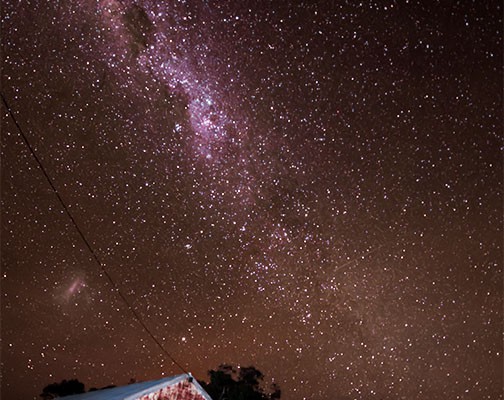
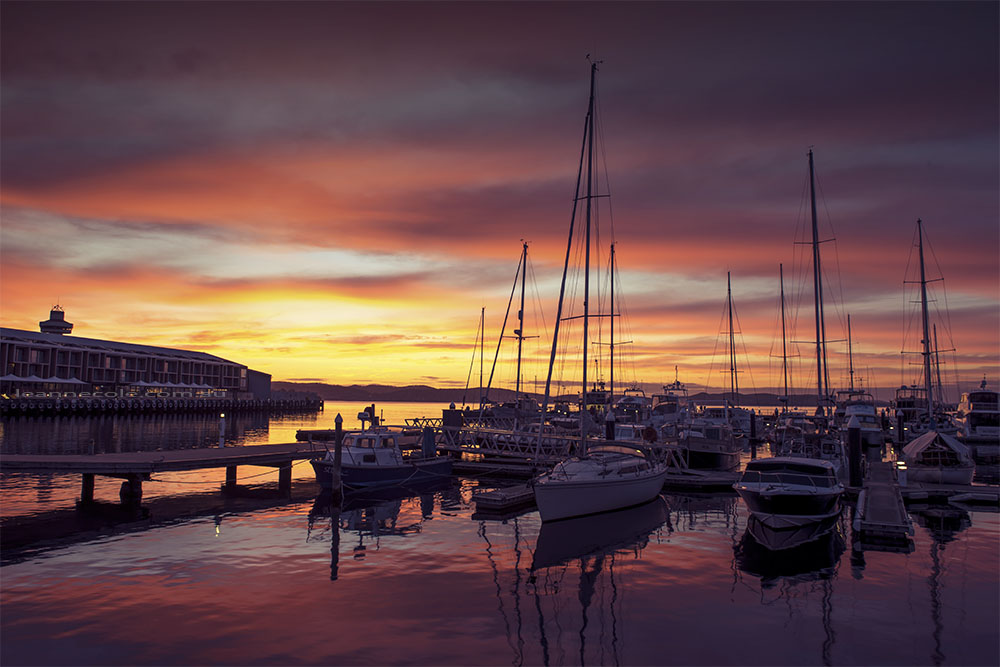
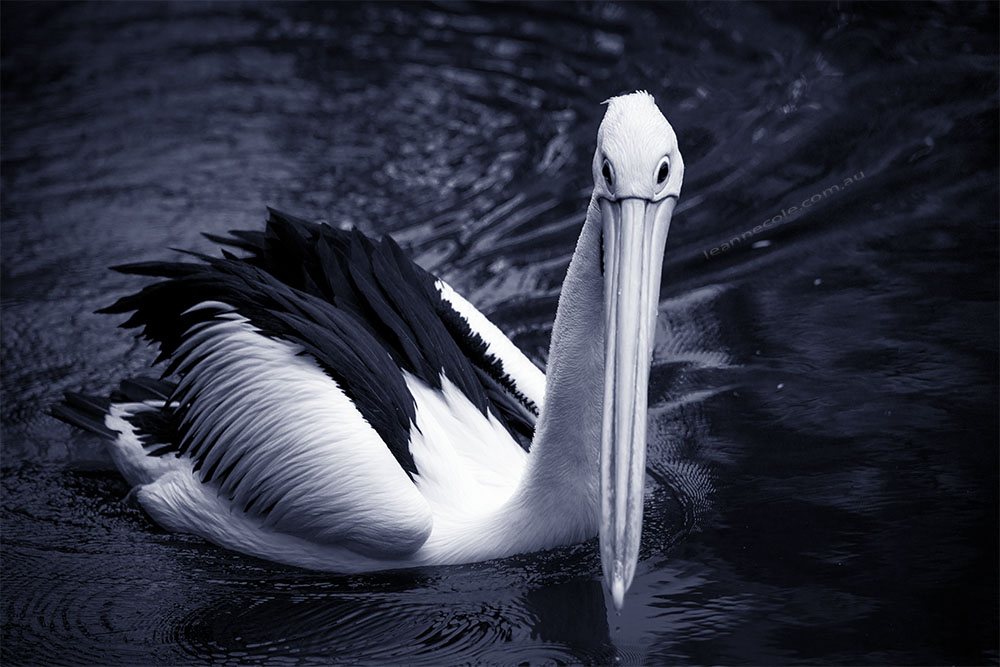
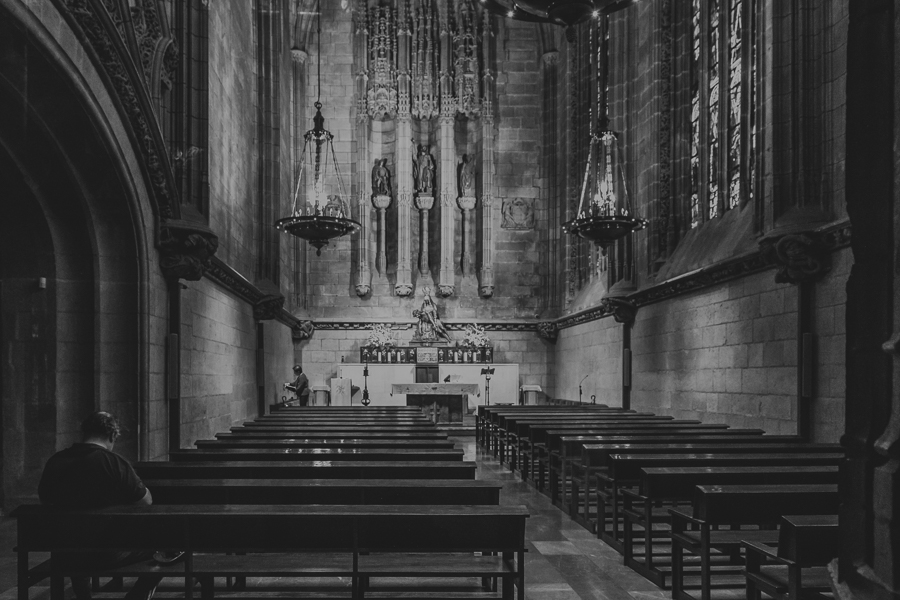
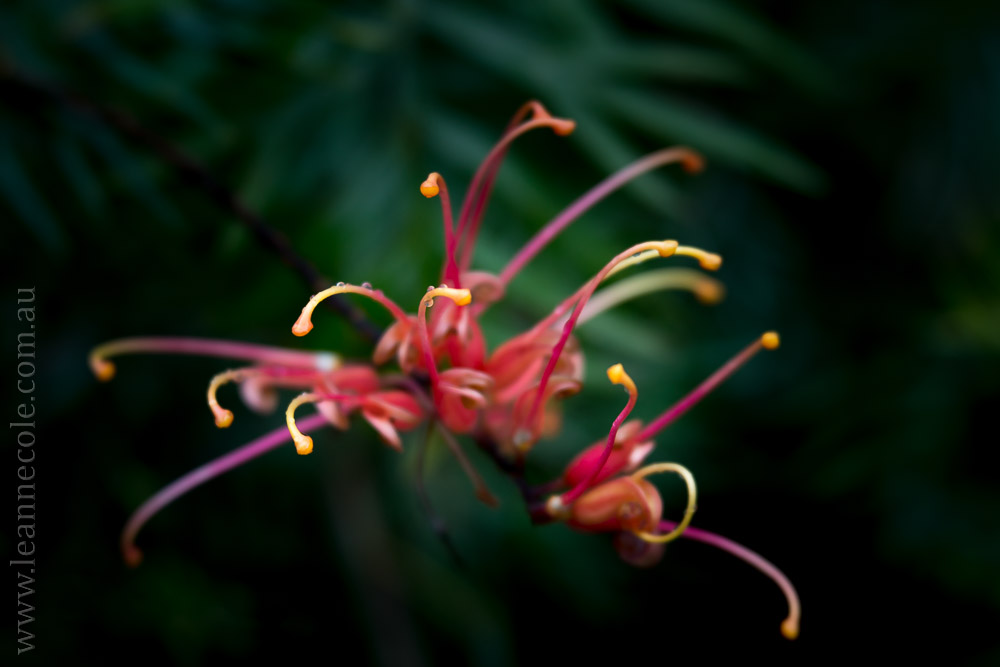
Interesting that this is still taught. I shoot about 90% in all manual mode, even focus. mainly because I learned on an all manual camera, a little second nature and I really enjoy the process of finite creating. I like to work an image and then see what would happen if I drop the shutter by 2/3 stop or try some other expermentation with DOF. I don’t see where this woud be a neccessity to be a photographer or artist, one should know how to work their camera to achieve the results they wish to portray. When I do shoot in an auto mode, it is usually aperture because my subject matter is more about point of focus. In film I would have to adjust either shutter, film speed or light to achieve the focal interest to my intention so I let the camera do it for me. I know both sport and mood photographers who do amazing images in mostly shutter priority. Personal creativity. I do feel one shoud know how to work the camra in manual, you truly start to know your instrument this way. A musician can fine tune a guitar to sound a little off on a note to create affect but that doesn’t mean they don’t create music in standard tuning.
I think it is a very good idea to learn how your camera works, but I don’t think people should be thrown into the deep end to start of with, they should learn in baby steps and eventually they will know exactly how their camera works. I hardly ever use manual, can’t be bothered really, I do use exposure compensation though. Thanks Paul
I loved Victors comment on remembering the hand held meter. I’ve pulled mine out this year but thank god for the digital metering and ev comp. available in camera. Shots would take on a whole new menaning if I had to interpret a meter needle again.
I agree Paul, thank goodness for in camera metering, I never did that with film, so glad. Haha, maybe you should try it.
I’m probably the odd duck or I don’t know how to use aperture priority. I almost always shoot in manual mode unless I’m doing nite photography and then I use shutter priority. Everytime I shoot in aperture priority, it seems I’m in areas where the light and dark and the distance of my subjects changes drastically depending on where I’m pointing the camera. Therein lies the battle I begin with. I start constantly holding the button down to adjust the aperture because it’s usually not enough to change shutter only for me in these situations. I *must* be doing something wrong. Usually this situation arises late in the day in the “golden hour”. It seems easiest for me to have the flexibility of manual mode but maybe it’s just because I’m used to it. Maybe some day we could talk about this in more detail. I would like to make things easier on myself!
Aperture priority is fairly easy to use, so I don’t know if you have other settings on your camera that are wrong while you are doing it. When you change apertures, things will change, but only your depth of field in the image should change, the camera will organise the shutter speed, but shutter speed will only affect the image if it is too low and you are hand holding, or if there is movement in the image. I love aperture priority, maybe we can organise a lesson for you, on Skype and I can go through it with you.
Leanne, you are so right. AP is probably my favourite setting as well, for the same reasons, especially timing! Starting people out in Manual really does confuse some and intimidate others, and that denies them the ability to start getting creative with their work. The insistence upon using it all the time almost sets up a barrier to entry for people! It definitely has its uses, absolutely, but don’t lock folks into a box.
Timing, you can miss a lot if you aren’t ready. I totally agree, I always start my students on aperture priority, and I talk about manual, show them how to use it, but tell them to stick to AP. I wonder if it is a snobbery thing, that photographers teach it because they don’t really want their students to learn, they just want their money. I hate the idea of my students leaving one of my classes and then thinking they have to go back to auto, I wouldn’t feel right. There are also the amateurs that think they have to use manual or they are perceived as not serious, and it doesn’t matter how much you tell them they don’t need to use it, they still want to. Like hitting your head against a wall. Thanks Jen.
Wholeheartedly agree, Leanne. I see it as simplifying your workflow. In the digital photography world, there is so much you can change, and change easily – ISO, White Balance, Aperture, Shutter Speed, etc – that you can find yourself with almost bewildering number of variables. Using Aperture Priority (or Shutter Priority if that’s your thing) leaves you with one less variable to worry about, and you can concentrate on the really important thing – the photograph! Once I have my aperture set, I know my depth-of-field is good, I’ll set as low an ISO as possible, and let the shutter speed fall as it will – dictating whether I go hand held or tripod. If you want to adjust exposure – it’s easy to do with exposure compensation. Manual Mode is ‘as and when required’ – long exposure and other effects.
That is often the students I get, ones that are totally bewildered and they go back to what is comfortable. It is also amazing how many of them don’t know about the light metre in their cameras too.
I couldn’t agree with you more, and that is pretty much how I work as well. I use Manual, when I want to do something that Aperture Priority won’t let me do. Thank you.
I use manual mode when shooting portraits in studio or if it’s a situation where the ambient lighting is giving me fits…other than that I am like you, aperture priority. I “see” how I want the shot to be and set things accordingly. Sometimes I will stay with one subject matter and use multiple apertures to change the look of the shot which is a lot easier than changing everything in manual each time I want to try for a different depth of field.
I agree, there are times when you just have to go to manual, but like, I love aperture priority, and as you said, it is so good to just change that, without having to change everything else. Thank you.
Summary: professionals know when to sue manual.
There is a lot of nonsense in photography. I started out with a Minolta SR-1 it had no light meter and autofocus. It was a royal p… to take the exposure with a hand held meter and then transpose that to the camera. I was lucky very lucky to get a picture of a hummingbird. Moreover, slide film was slide film what you shot was what you got and colour negatives meant you were at the mercy of the printer. Yes i like Aperture for most thins, shutter speed for when i need it and manual for flash when needed. Manual,, aperture or shutter speed ain’t going to stop the flashies. With digital the manipulation of exposure compensation is crucial. i know people who shoot in manual all of the time, young,great eyes and don’t get better images than those using the built in meter. To be fair I love my Sekonic meter but its useless and I almost never use it out doors, but incident metering beats effected metering every day. Manual moDe has its place but its not the differentiation between amateur and professional any more than back button focusing is. Manual mode has its place and professional know when to use it (and that is not all of the time in every circumstance).
I couldn’t agree more Victor, you have to know when to use it and when you don’t need to. I know there are some situations when I don’t have a choice about it, and have to do it, but if I don’t have to, I don’t. People can’t tell the difference in the final image. I teach baby steps, AP first, then when you understand that, maybe think about Manual for some things.
Thanks Victor.